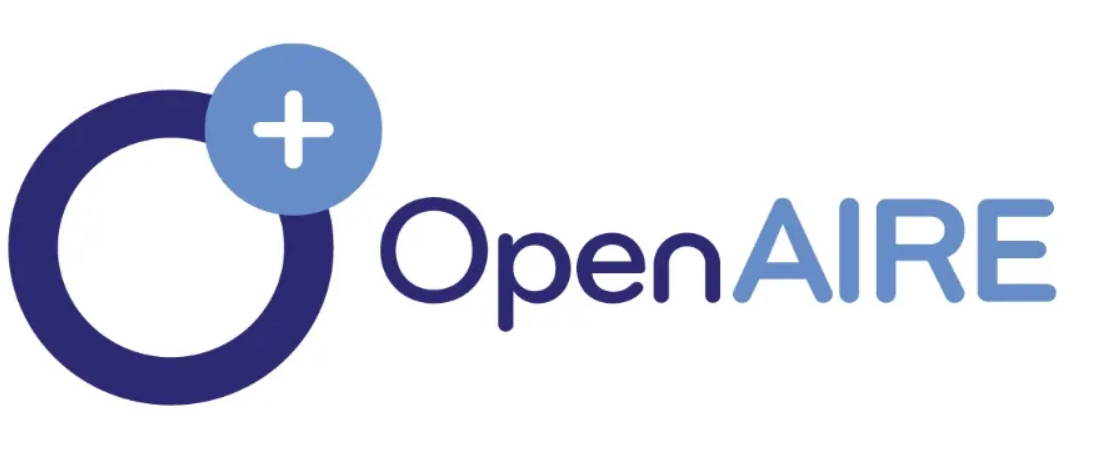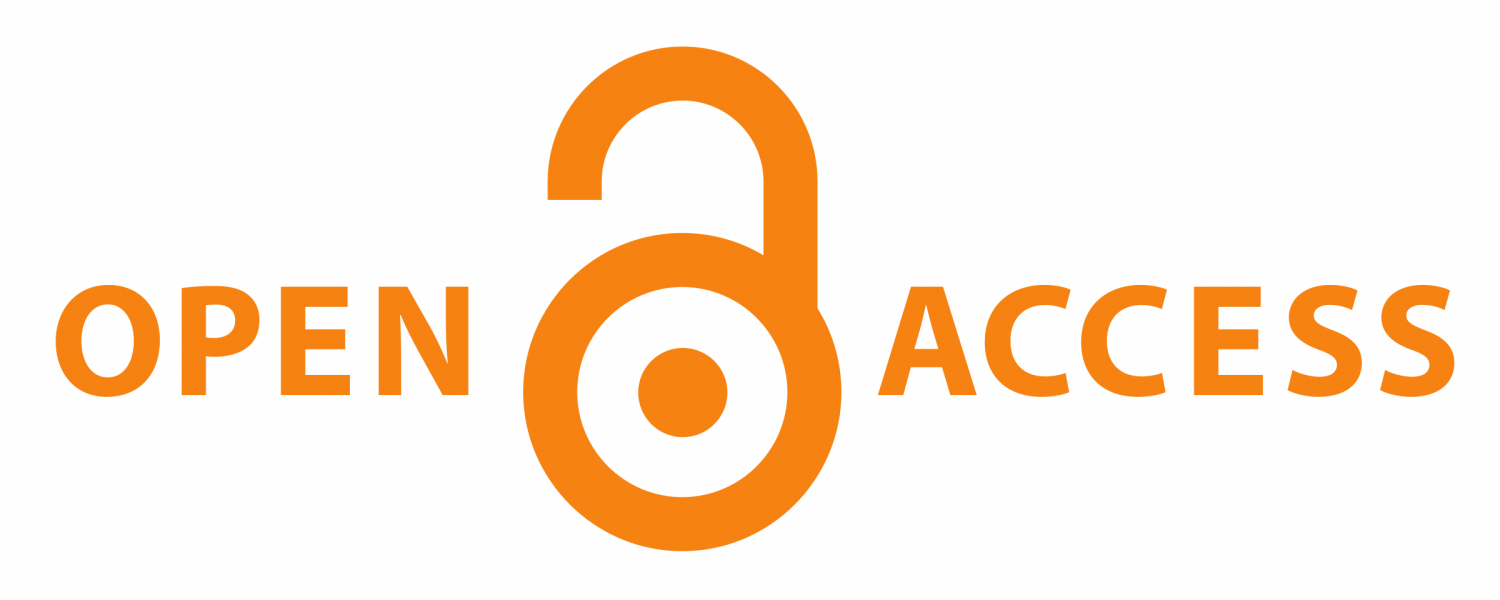The Role of AI-Assisted Shear Wave Elastography in Assessing Renal Fibrosis in Chronic Kidney Disease: A Systematic Review
DOI :
https://doi.org/10.5281/zenodo.17254965Mots-clés :
artificial intelligence, shear wave elastography, renal fibrosis, chronic kidney diseaseRésumé
Background:
Non-invasive assessment of renal fibrosis in chronic kidney disease (CKD) is increasingly important for patient management. Shear wave elastography (SWE), especially when enhanced by artificial intelligence (AI) and machine learning, shows promise for providing accurate, operator-independent assessment of fibrosis severity.
Objective:
To systematically review the evidence from recent high-quality studies on the clinical utility and diagnostic performance of AI-assisted SWE for renal fibrosis evaluation in CKD.
Methods:
A systematic search was conducted for original Q1 studies published between January 2020 and April 2024, focusing on AI-assisted or machine learning-enhanced SWE for renal fibrosis in CKD patients. Data extraction and quality assessment followed PRISMA guidelines.
Results:
Seven studies (total n ≈ 1,250) were included, encompassing prospective and retrospective designs, meta-analyses, and pediatric as well as adult populations. AI models—including random forest, logistic regression, and deep learning—improved the accuracy, sensitivity, and reproducibility of SWE in detecting and grading renal fibrosis, often correlating well with histopathological findings. Integrating SWE with estimated glomerular filtration rate (eGFR) and clinical features further improved diagnostic performance (AUCs 0.83–0.91). Meta-analytic results supported high sensitivity and specificity for SWE, and pediatric data confirmed utility in children. Limitations included small single-center cohorts and heterogeneity in AI algorithms and SWE protocols.
Conclusion:
AI-assisted SWE, particularly when combined with clinical data, is a powerful, non-invasive modality for the evaluation of renal fibrosis in CKD, with the potential to reduce biopsy reliance. Standardization and multicenter validation are needed for routine clinical adoption.
Téléchargements
Publié
Numéro
Rubrique
Licence
© International Journal of Medical Sciences 2025

Cette œuvre est sous licence Creative Commons Attribution - Pas d'Utilisation Commerciale - Pas de Modification 4.0 International.
All articles published in International Journal of Medical Sciences are licensed under a Creative Commons Attribution 4.0 International License (CC BY 4.0). This license allows others to share, copy, distribute, and adapt the work for any purpose, even commercially, as long as appropriate credit is given to the original authors. Authors retain the copyright and agree to have their work published under this license, ensuring the broadest possible dissemination and reuse of their research.
For more information or licensing inquiries, contact mossdigital77@gmail.com.







